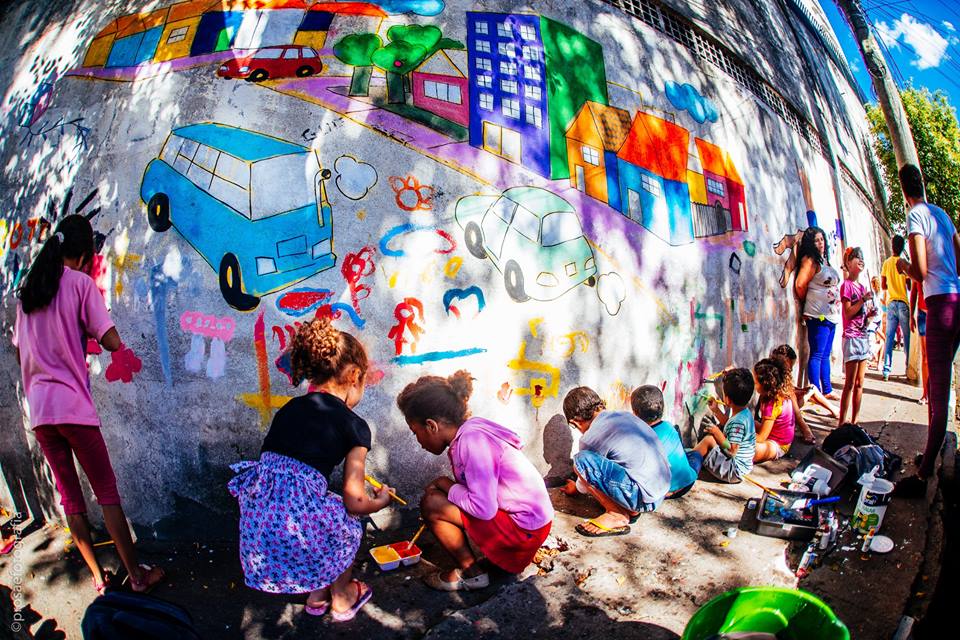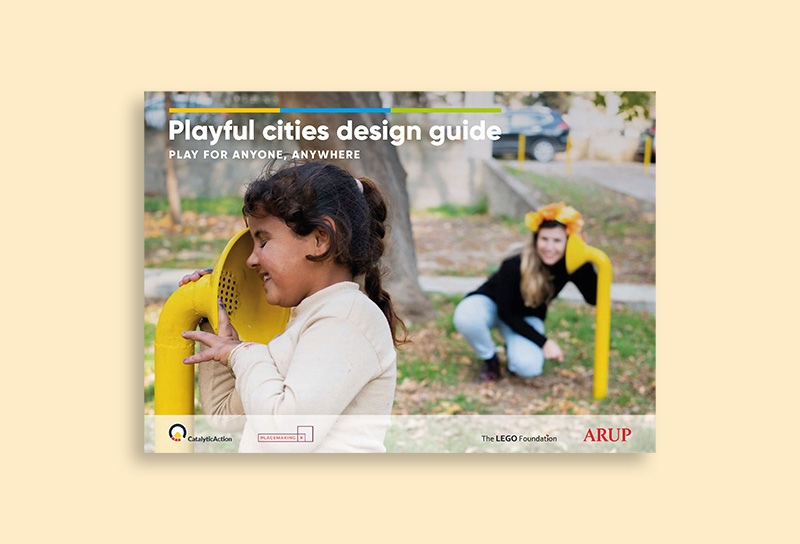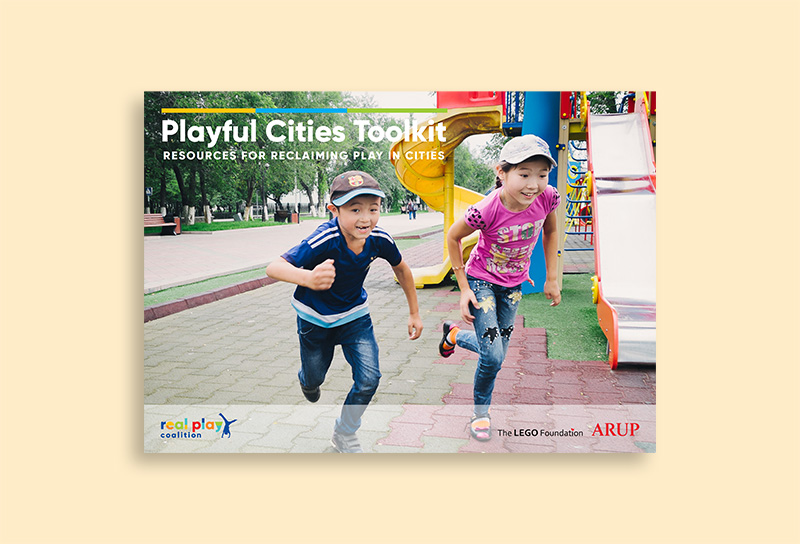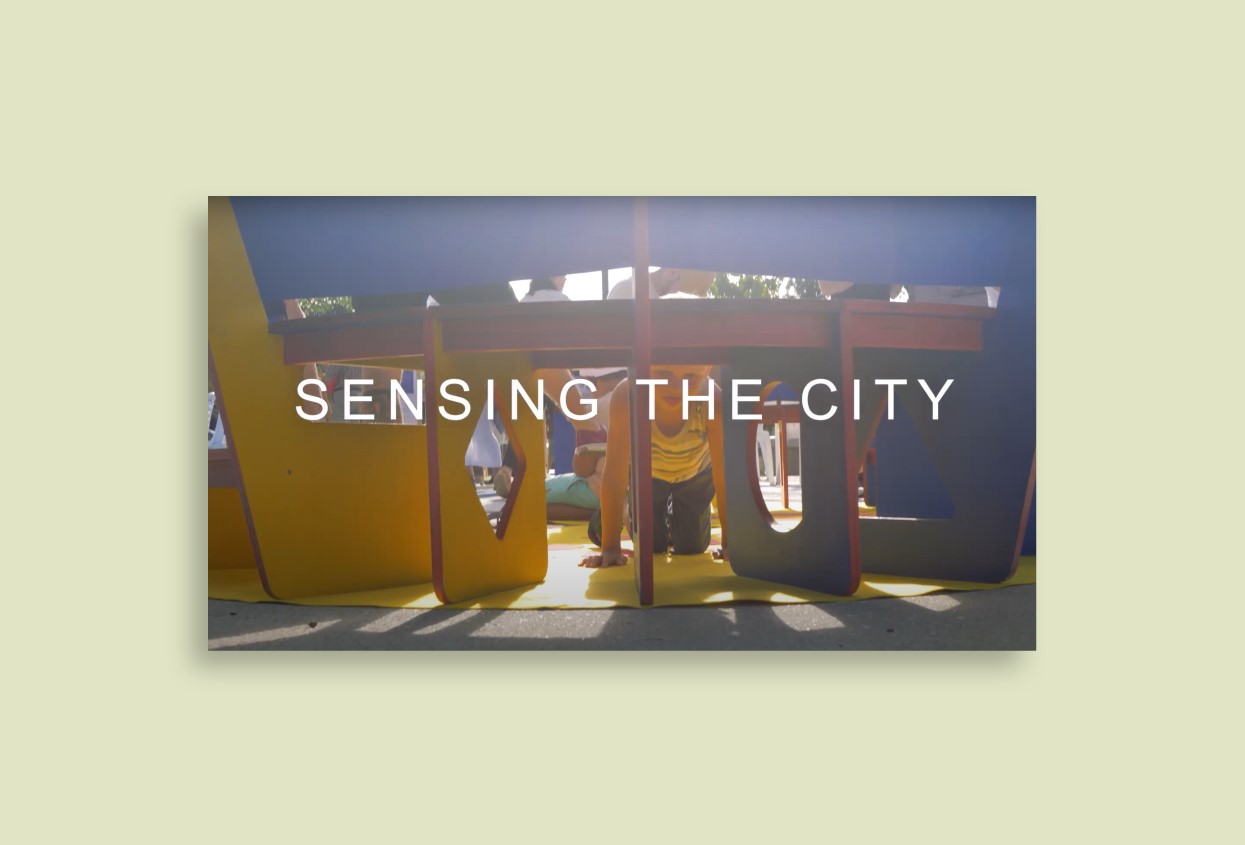
Overview
The Criança Fala program, established by the Bernard van Leer Foundation, responds to the high levels of deprivation in the peripheral areas of São Paulo. With a focus on improving children’s skills and autonomy and making public spaces safer for the community, the program listens and responds to the concerns of children regarding public space. By creating public space that is used by families and children, the project deters littering, gang violence, and crime while increasing security. The space also empowers children to interact safely and feel a sense of ownership within their community.
Location:
São Paulo, Brazil
Organisation:
Bernard van Leer Foundation
Beneficiary:
Children all ages, caregivers
Scale of proximity:
Household, neighbourhood
Built environment component:
Housing, public space
Design insights
Spatial/physical:
The program considers obtaining government permission to create outdoor play areas for children – such as hopscotch grids and football pitches.
Process:
Home visits to families, bringing children toys and books, and speaking to them about their experiences with the city outdoors, obtaining insights on how to improve public space. The program also leads craft workshops and cultural activities in public spaces.
Implementation insights
Achieving these transformations requires the involvement of stakeholders from the community and private and public sectors
Replicable in other deprived areas to help repair and improve urban identity.
Links:
https://bernardvanleer.org/cases/engaging-kids-making-sao-paulos-streets-safer/



